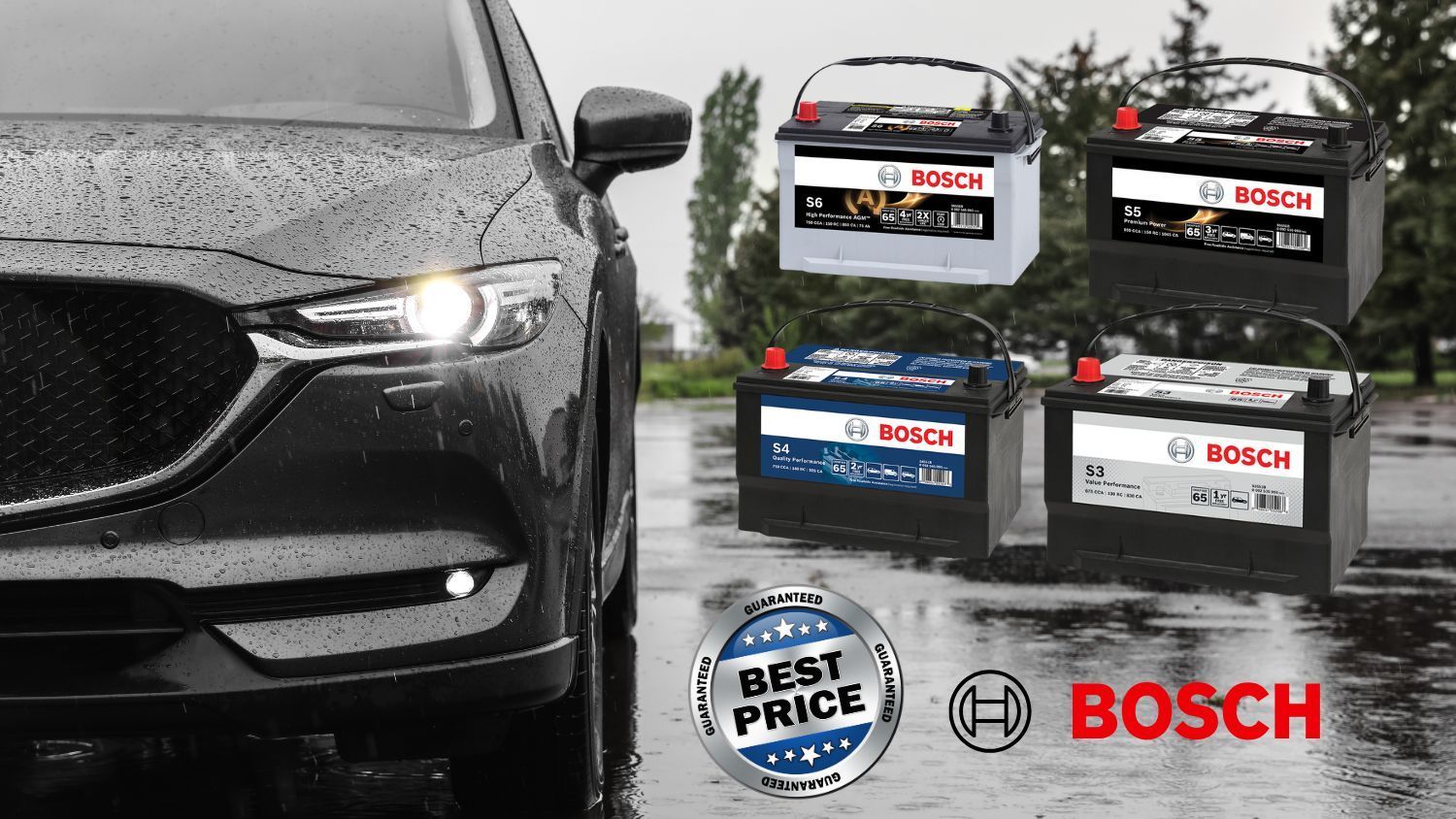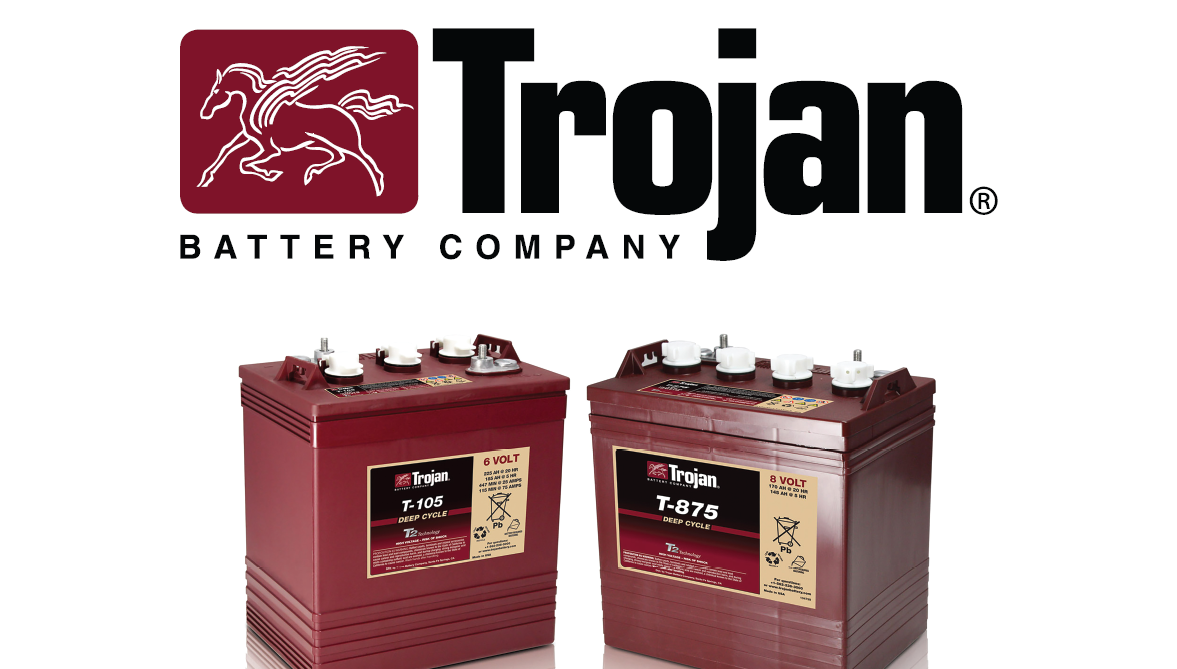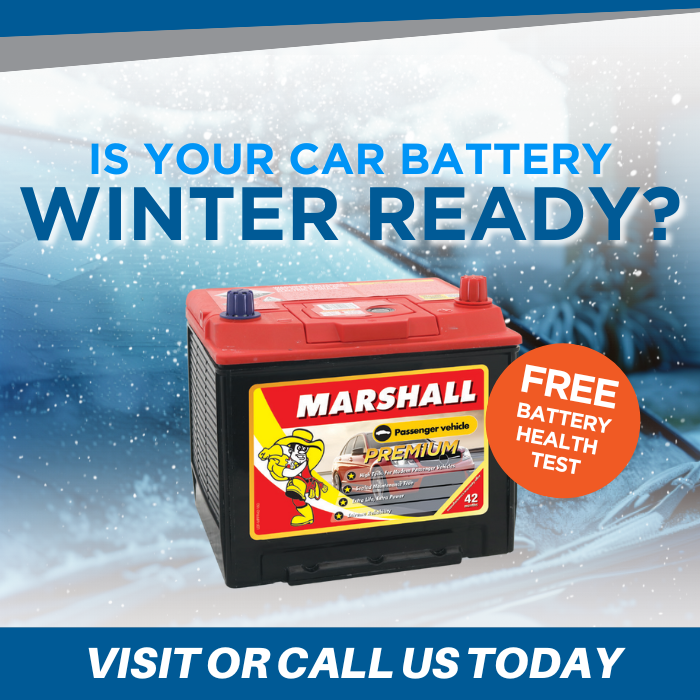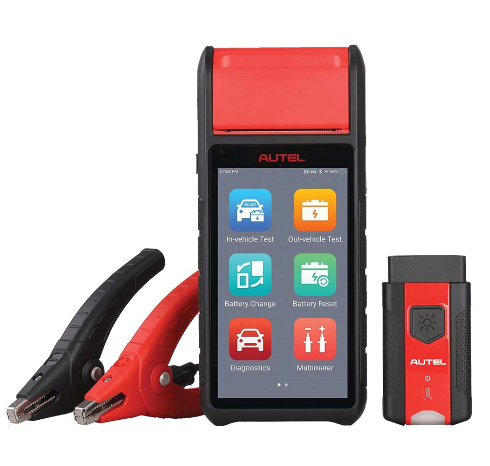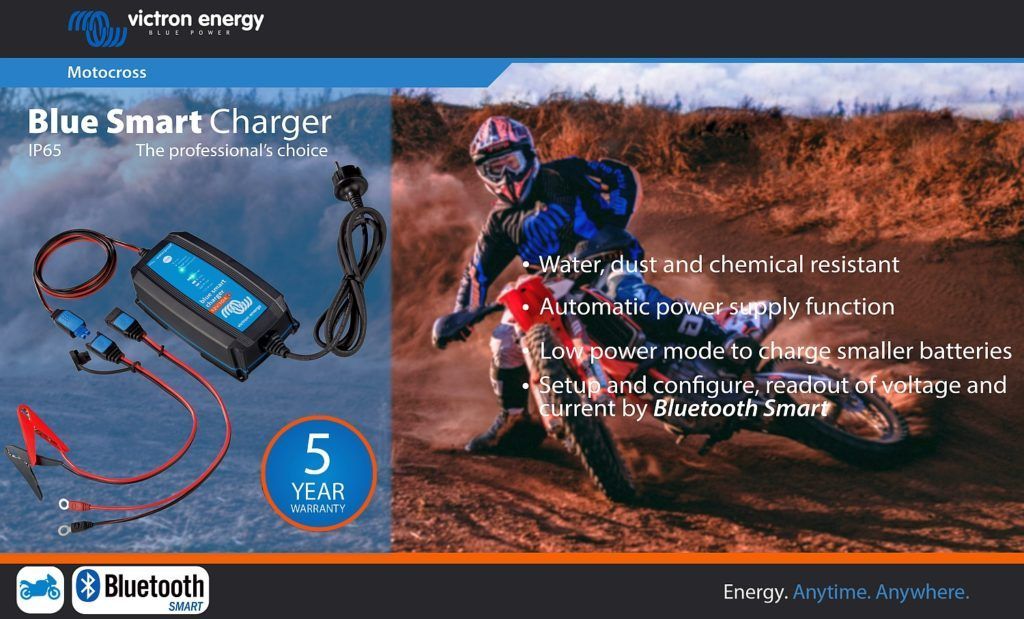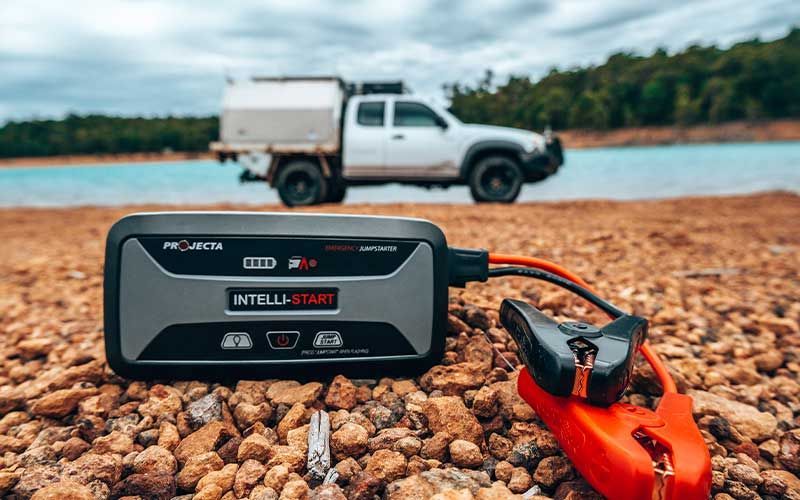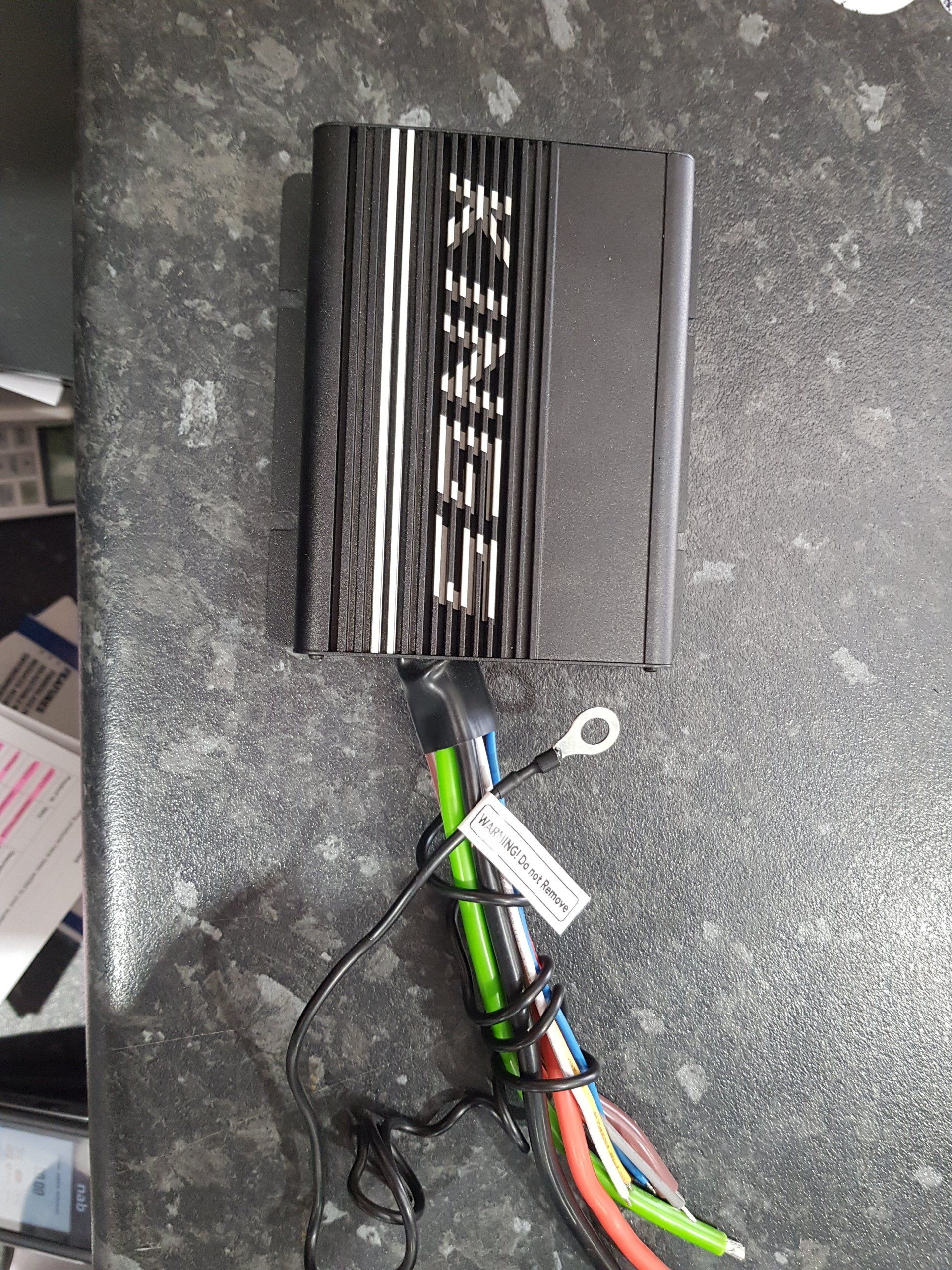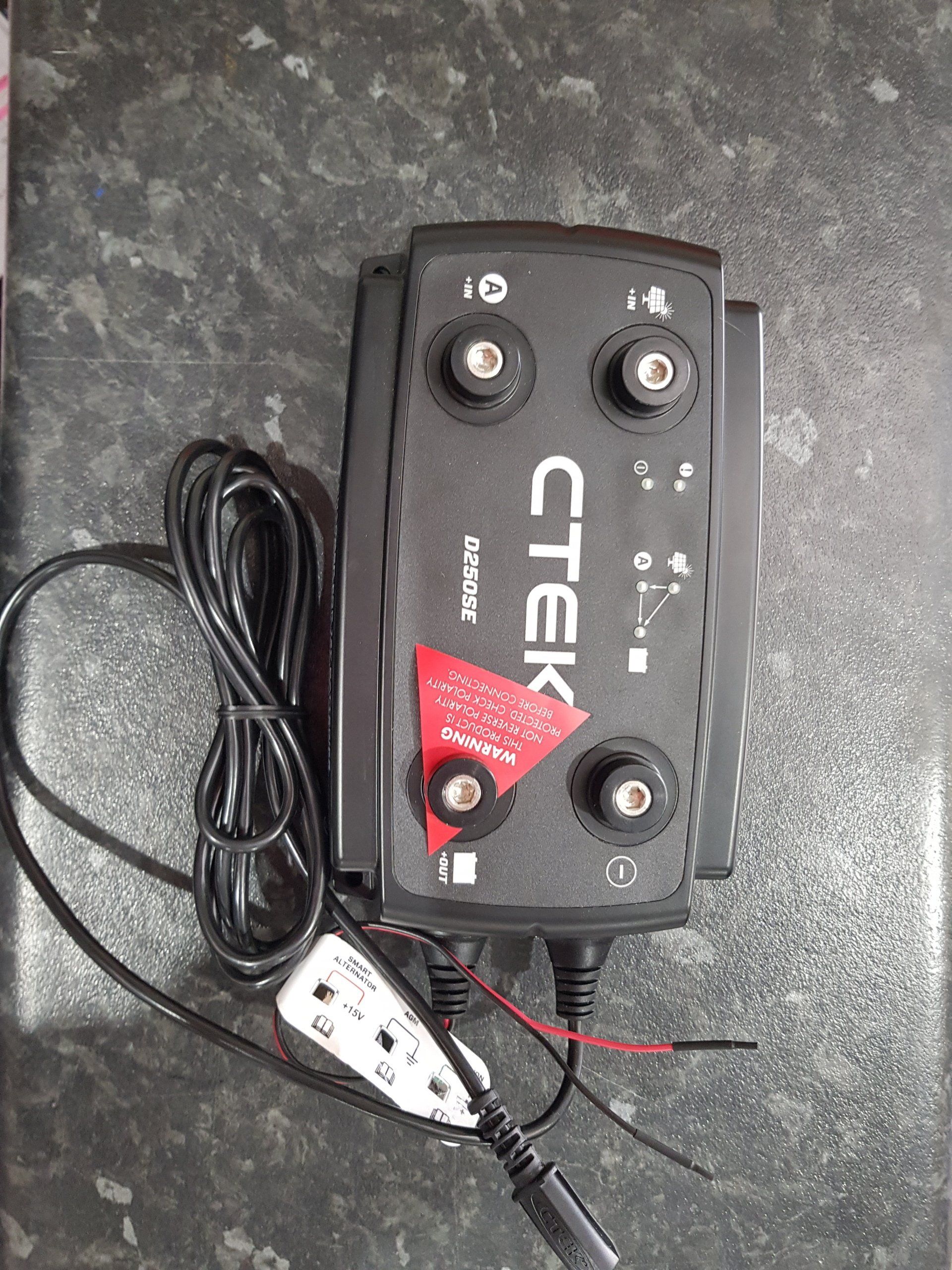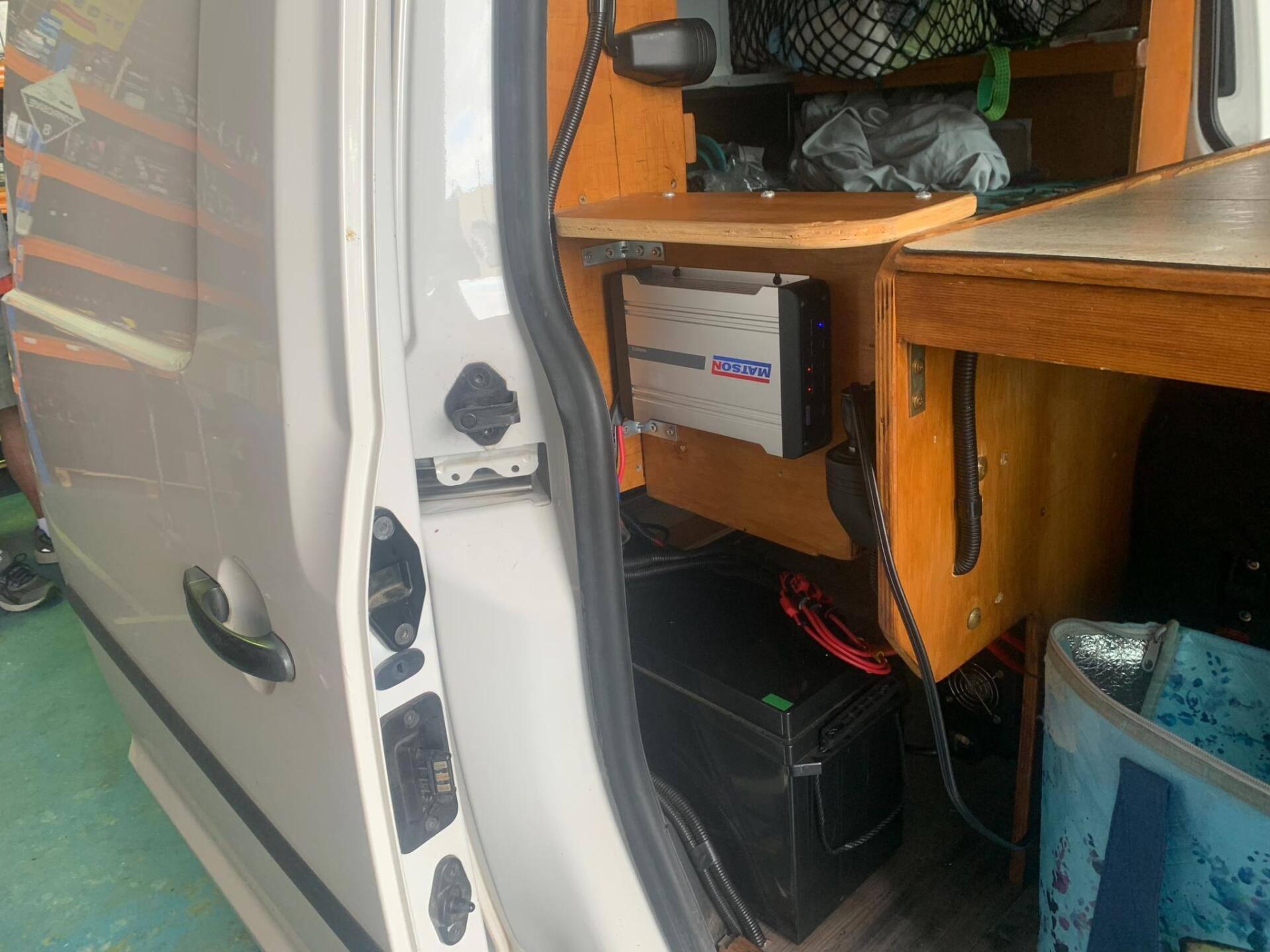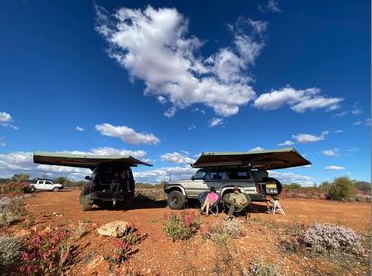Dual Battery Systems
There are many types and methods to utilize a second battery and how to charge them. Camping installations, 4WD or Trade utilitie orientated DC/DC power needs are similar in the way products are selected and installed.
The first decision that needs to be focused on, is, what will be the power demands of your best thoughts, wants and needs. Some travellers will require a microwave oven where others may only need to run a small fridge/freezer. Tradies may want to charge their battery-operated tools or run electric tools.
The battery size and chemistry are very important as not having enough power will defeat the point of the setup to begin with. Do we require, only one 100AH battery or do we need a larger capacity? Amp Hour capacity will depend on your requirements, which will determine 1 or 2 auxillary batteries which will also depend on the size and space you wish to fit them. Once the decision has been made, the batteries need to be kept charged at the most optimal way. This brings into question how we drive the vehicle. If very short trips are driven, for example 20 minutes, followed by a long stay of over 8 hours using battery power, a DC/DC charger may not be the best way to charge your storage batteries. A solar setup, whether it be a solar blanket or fixed panels may be a better solution. If, on the other hand, long 5 hours plus drives are planned, followed by overnight only stays between drives, a DC/DC charging system will be the most practical option. Early model vehicles without a smart charger, can simply have a VRS “Voltage sensitive relay” installed between the starting battery and the storage batteries, making it a very inexpensive addition to your rig.
Should you have a late model, you may have a “smart alternator”, which requires the intervention of a DC/DC unit to assist the Alternator to recognize the send storage battery to send a charge to it. Either way, knowing your batteries carry a full charge after a long drive is reassuring. Most of the mid-range products will have Lithium and solar recognition, making it even easier to create your own custom requirement for your storage battery charging comfort.
It is a very tailor-made option as what is best and speaking to your battery specialist is always best practice. 20 Amp- 40Amp DC/DC chargers for AGM batteries and anything over 40Amp to 60Amp for Lithium batteries could be required for the best results for charging while driving. Battery case size often is a factor depending on space available, and for very tight installations, Slimline batteries have their place in modern tightly packed situations, i.e. you can fit them behind the back seat of twin cab utilities.
Your choices are many and your battery specialist has seen and installed many configurations. Call in store to get advice, see the products in your hand and let us help you design a system that works for you

